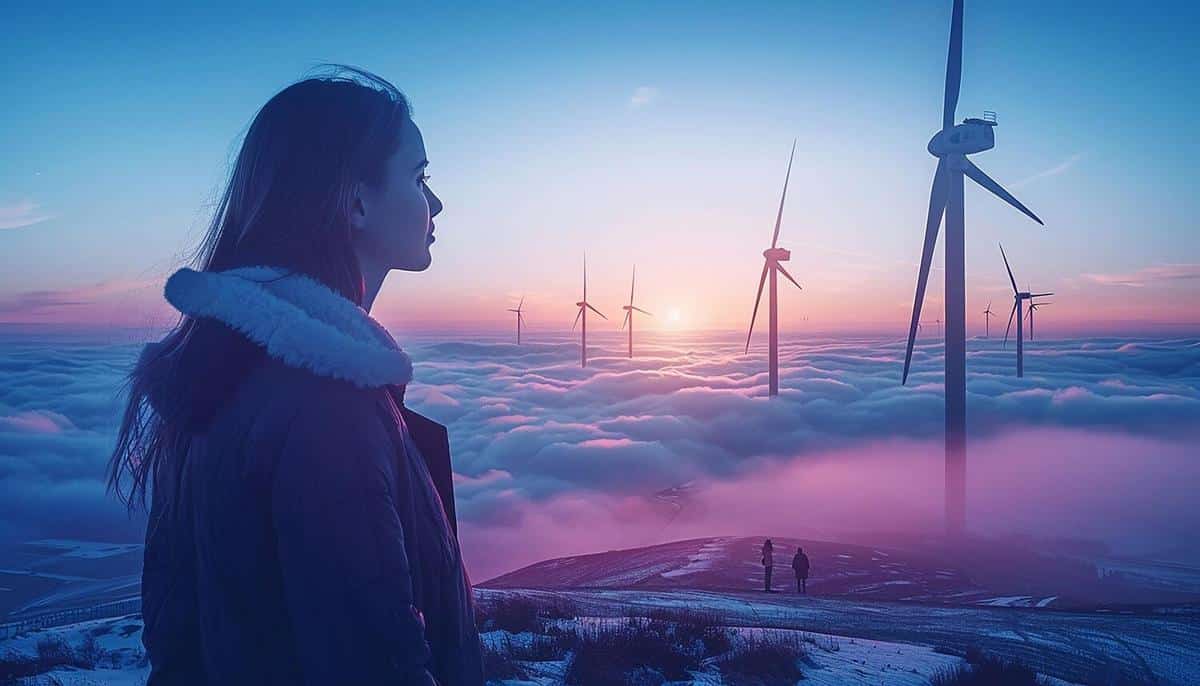
Innovative Wind Turbine Designs Shaping the Future
As the global demand for renewable energy continues to rise, innovative wind turbine designs are emerging as a crucial component in shaping a sustainable future.
Exploring Cutting-Edge Wind Turbine Designs
Wind energy has been a cornerstone of renewable power for decades, but recent advancements in turbine design are poised to revolutionize its efficiency and accessibility. According to the Global Wind Energy Council, over 90 gigawatts of wind power capacity was added globally in 2020 alone, highlighting the growing importance of this energy source.
Expert Insights on Innovation
Dr. Emily Harper, a leading researcher in renewable energy technologies, emphasizes that, “The future of wind energy depends significantly on our ability to innovate and adapt to changing environmental and economic conditions.” This sentiment is echoed by many in the field as new technologies such as vertical-axis turbines and bladeless designs gain traction.
Innovative Designs Making Waves
Among the new designs, one standout is the vertical-axis wind turbine (VAWT), which offers advantages such as reduced noise and the ability to capture wind from any direction. Another promising innovation is the bladeless turbine, which uses oscillation to generate energy, reducing the risk to wildlife and lowering maintenance costs.
| Design | Advantages | Challenges |
|---|---|---|
| Vertical-Axis Turbine | Omnidirectional, quieter operation | Lower efficiency in high-wind areas |
| Bladeless Turbine | Eco-friendly, low maintenance | Lower energy output |
| Offshore Wind Farms | Higher wind speeds, less land use | High installation costs |
| Floating Turbines | Deployment in deep waters | Technological complexity |
| Modular Turbines | Scalability, easy transport | Initial design complexity |
| Smart Turbines | Data-driven efficiency | Cybersecurity risks |
| Hybrid Turbines | Combines solar and wind | Integration challenges |
| Small-Scale Turbines | Community-based solutions | Limited power output |
Real-World Applications
Consider the example of a coastal community in Northern Europe that has adopted floating turbines. These turbines are anchored to the sea floor, allowing for energy generation in deeper waters where traditional turbines cannot be installed. This initiative not only boosts local energy security but also creates jobs and stimulates the local economy.
FAQ Section
Frequently Asked Questions
What are the main benefits of vertical-axis wind turbines?
Vertical-axis wind turbines can capture wind from any direction, making them ideal for urban settings where wind patterns are unpredictable. They are also quieter and less intrusive, which can be beneficial in residential areas.
How do bladeless turbines differ from traditional ones?
Bladeless turbines use a process called vortex shedding to generate energy. Instead of rotating blades, they oscillate to capture energy, which reduces noise and maintenance requirements while being safer for wildlife.
Are offshore wind farms more efficient than onshore ones?
Offshore wind farms typically experience higher wind speeds and more consistent wind patterns, making them more efficient. However, they also require more significant initial investment and technological expertise.
Conclusion: Embracing the Future of Wind Energy
In summary, the future of wind energy is being shaped by innovative designs that promise to enhance efficiency and reduce environmental impact. As these technologies continue to develop, they offer exciting opportunities for communities and businesses looking to invest in sustainable energy solutions. By staying informed and adaptable, we can all contribute to a greener future powered by the wind.